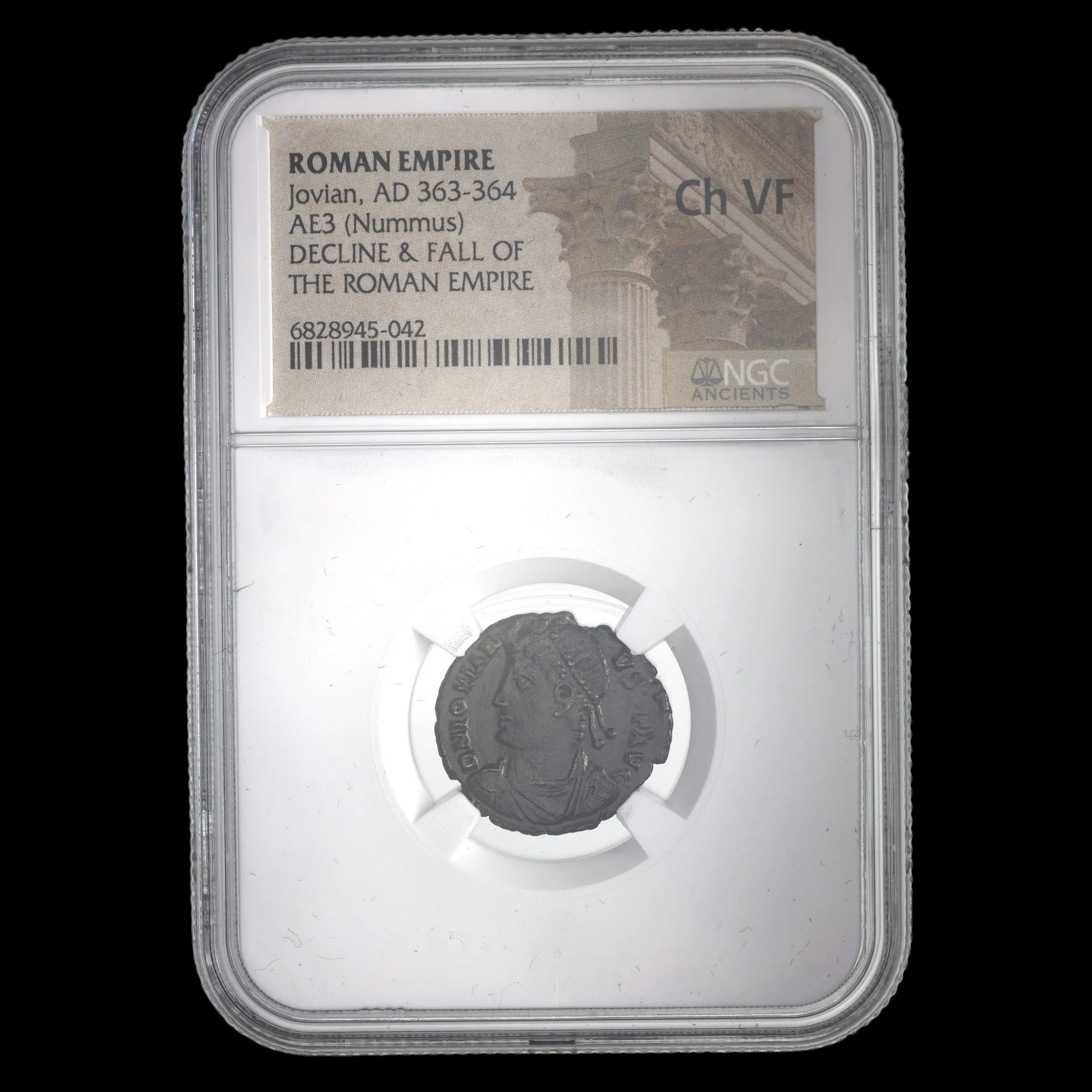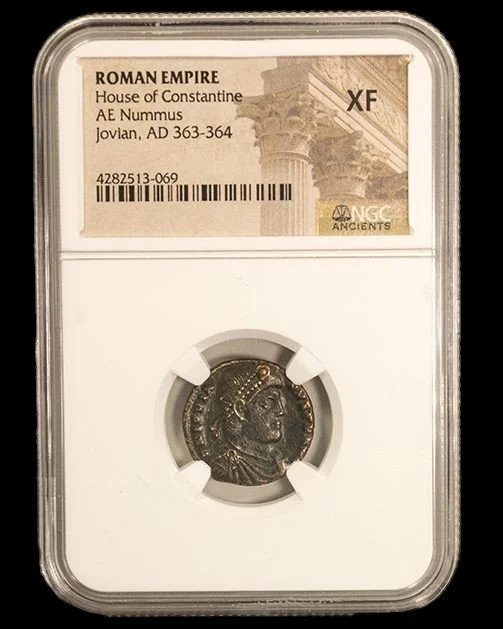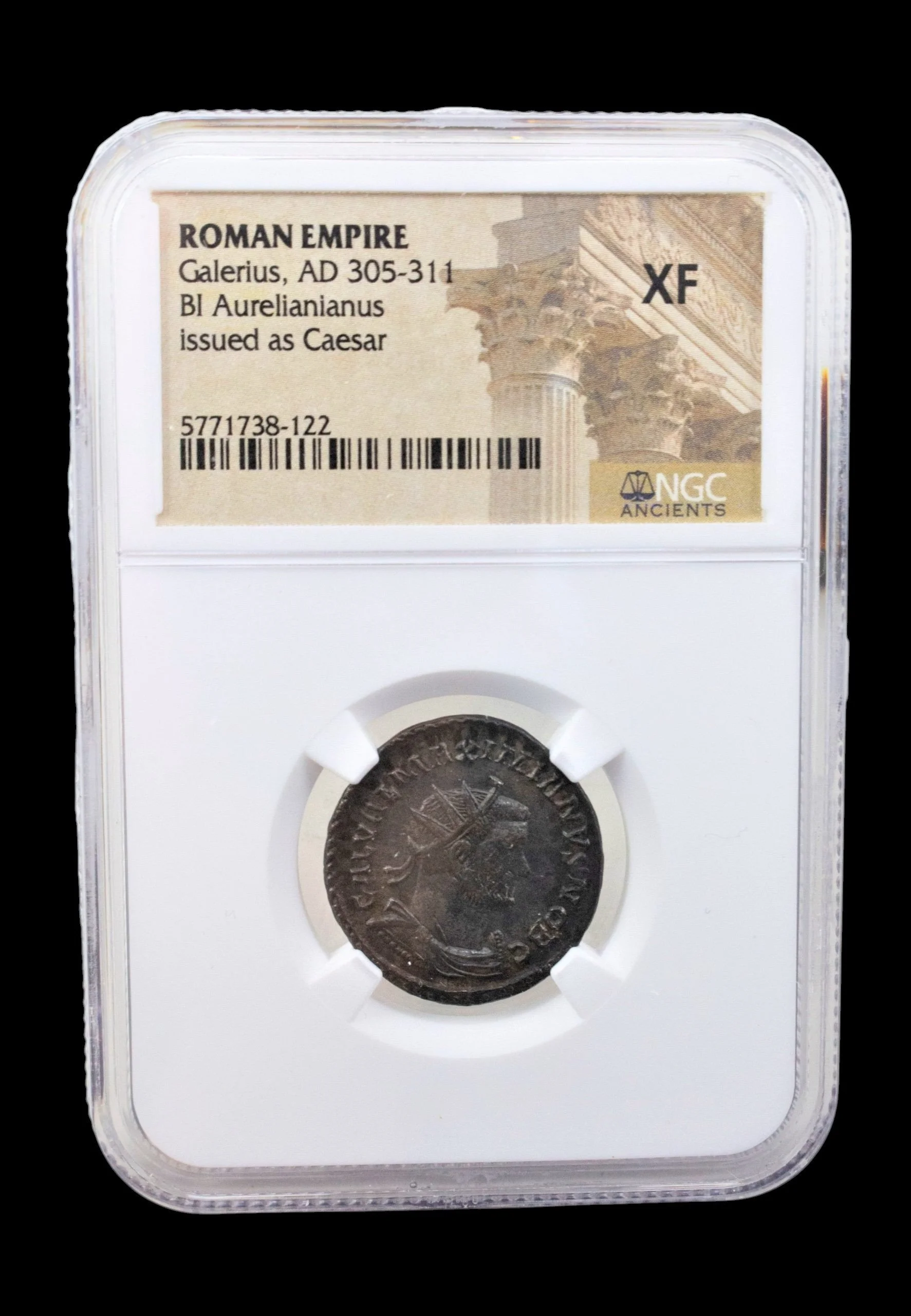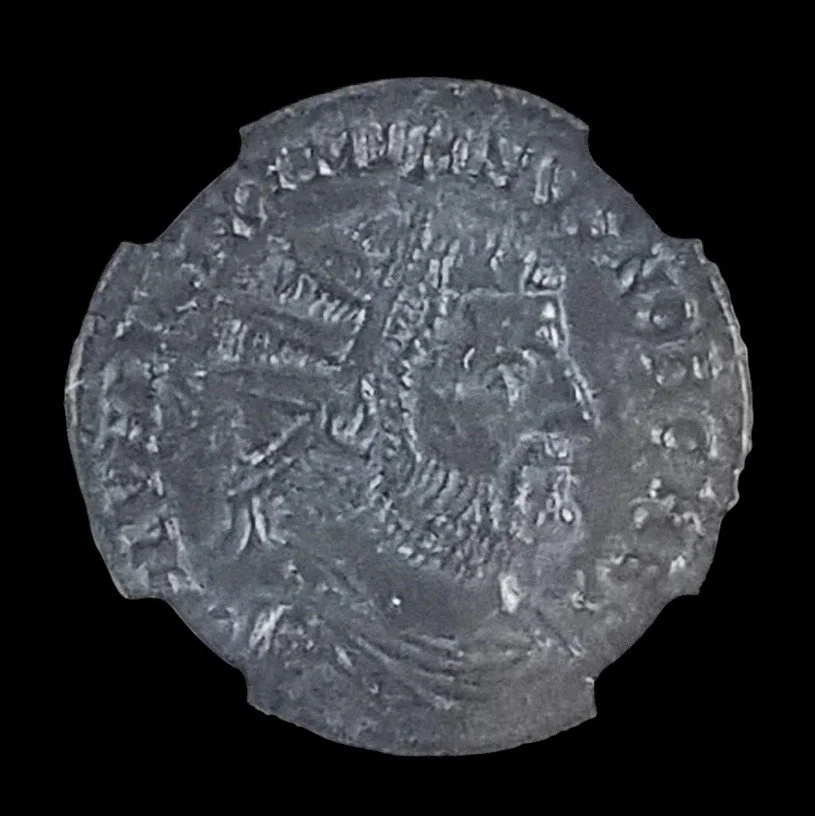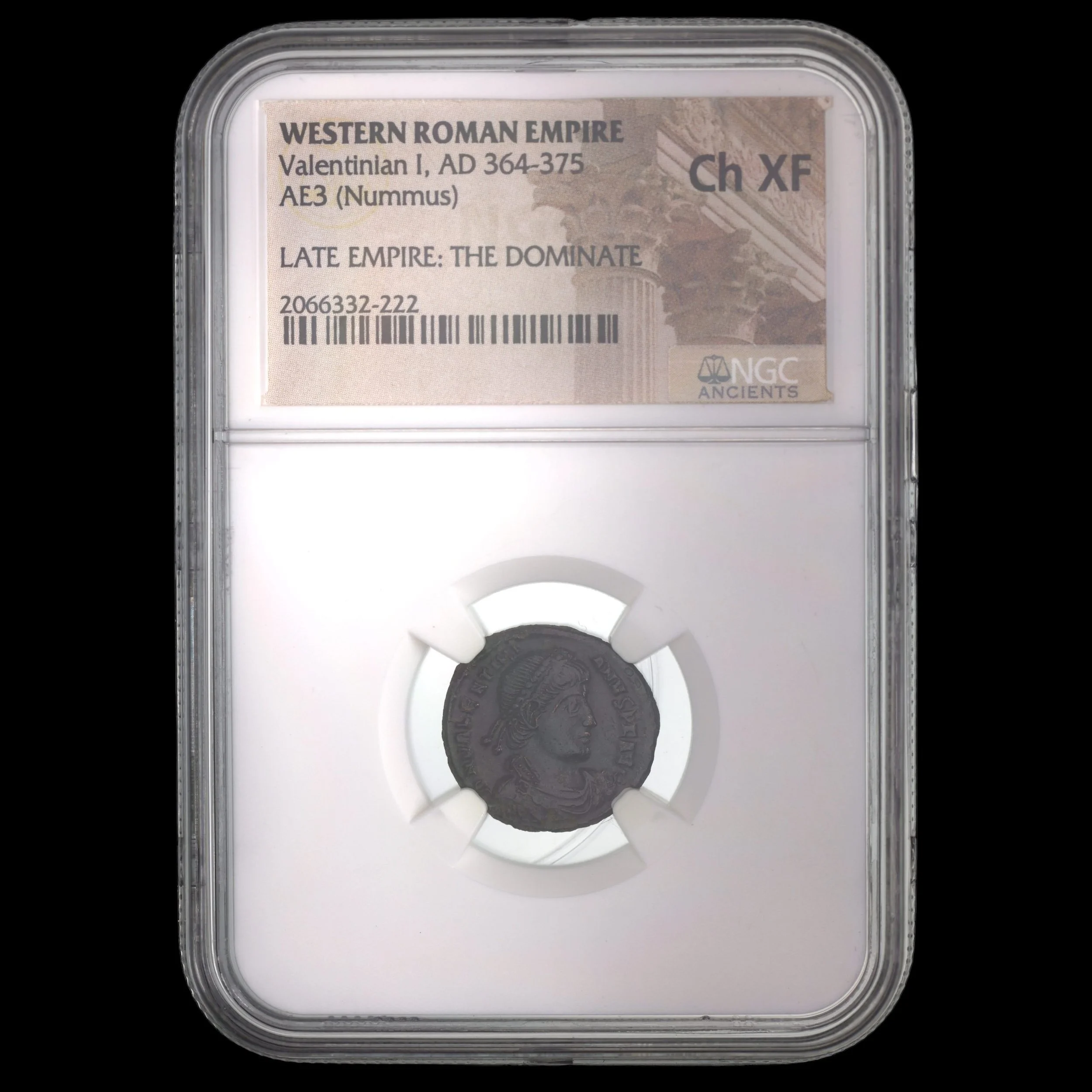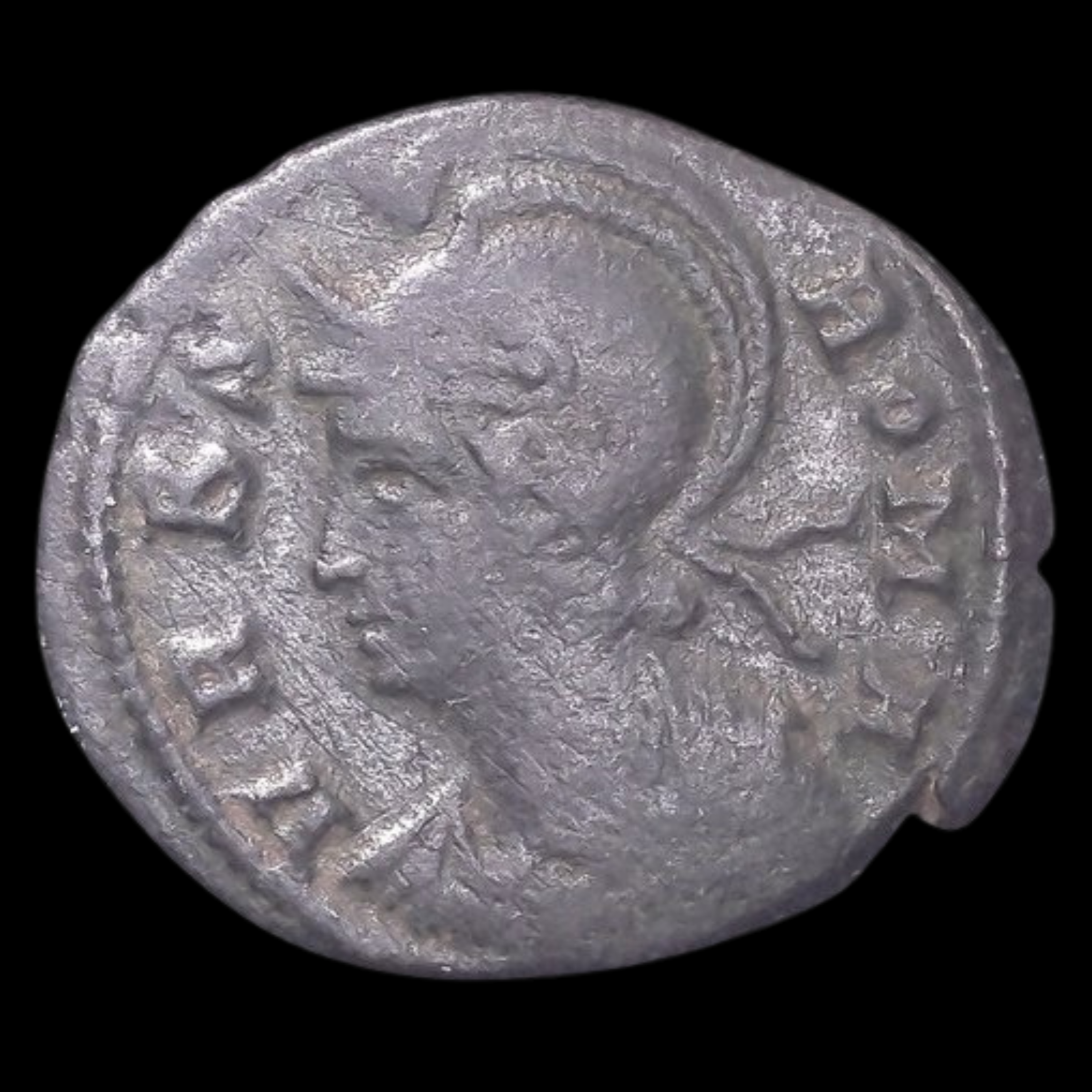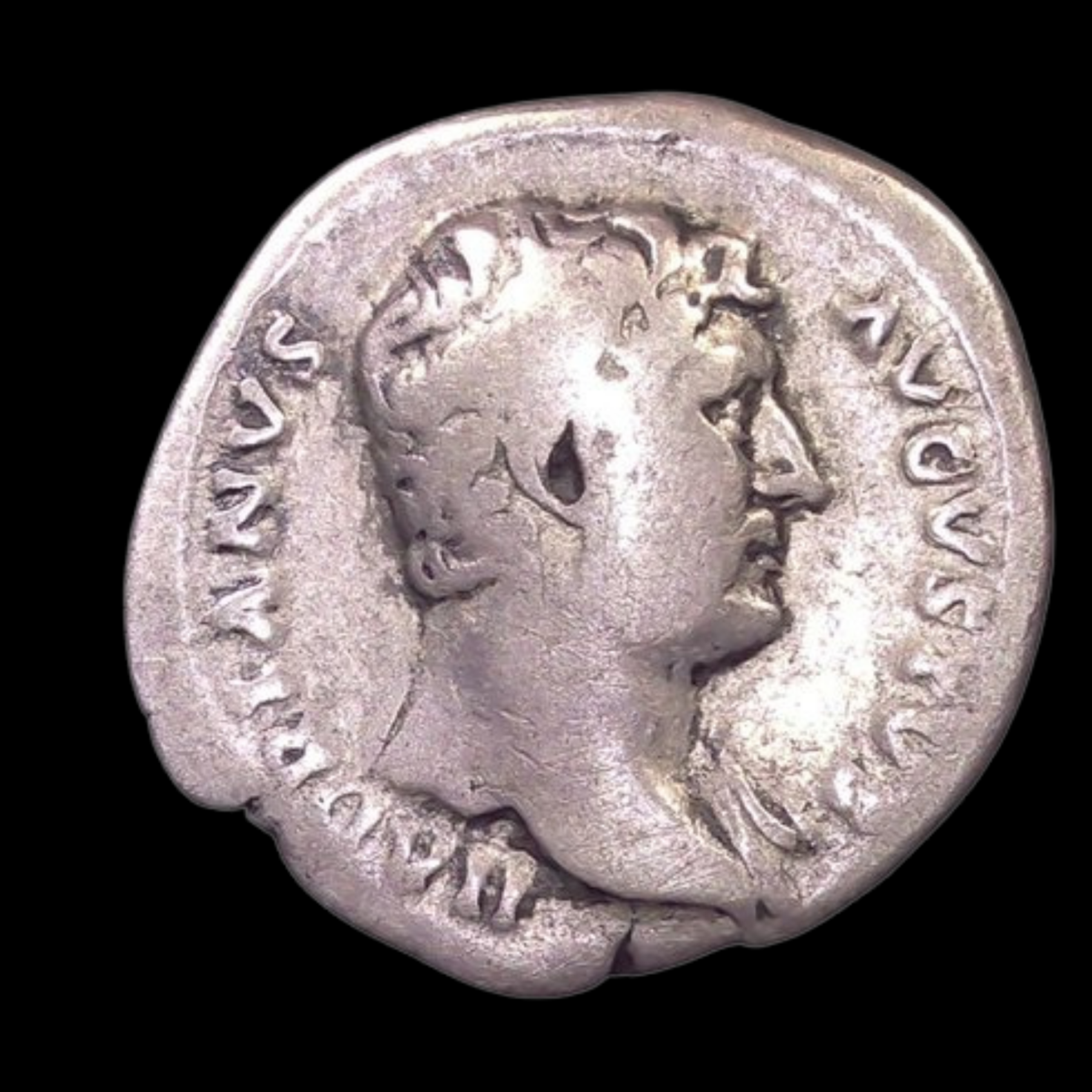 Image 1 of 2
Image 1 of 2

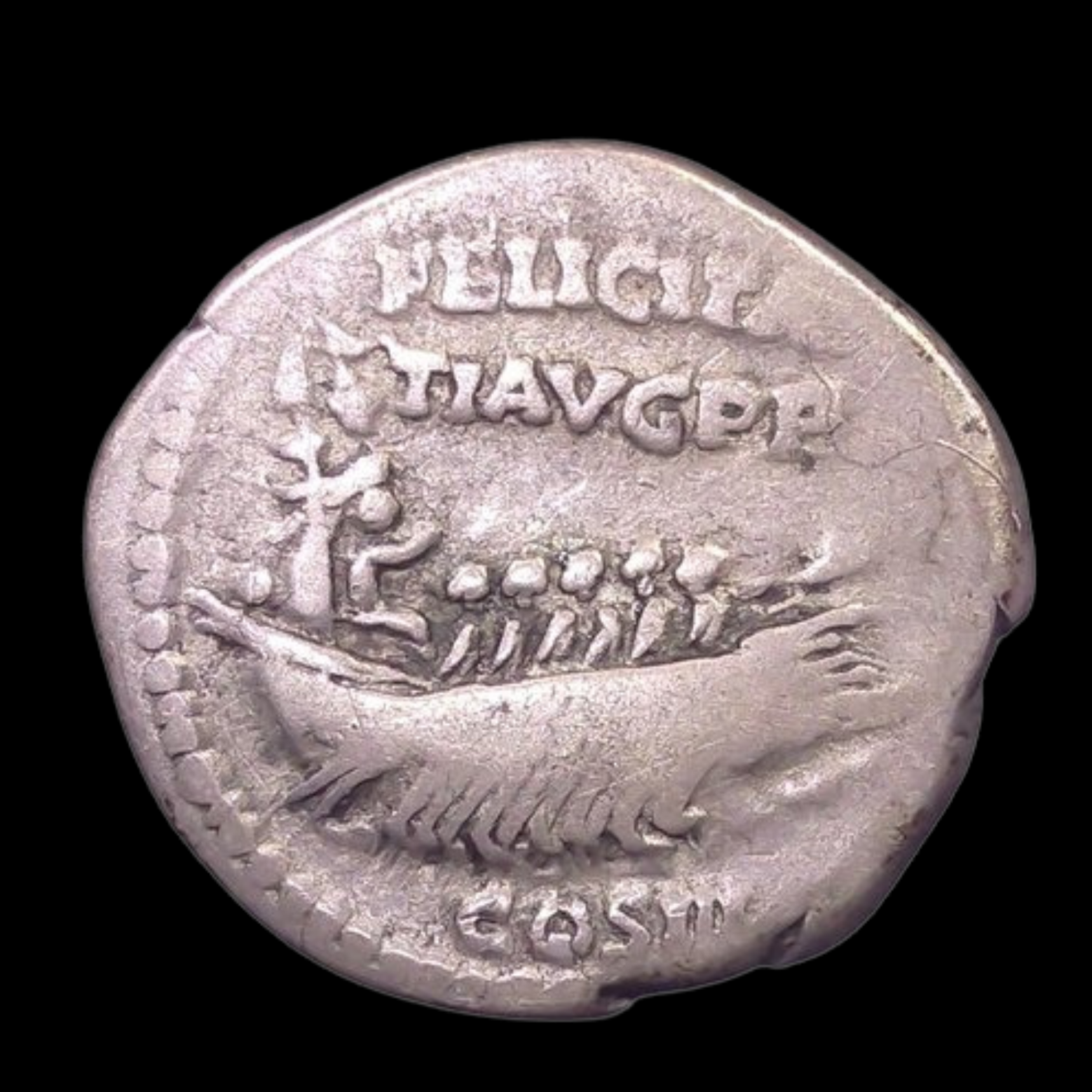 Image 2 of 2
Image 2 of 2



Roman Silver Coin of Emperor Hadrian (about 1,890-1,895 years ago)
This silver denarius was issued during the reign of Emperor Hadrian, the cosmopolitan ruler known for consolidating and strengthening the Roman Empire rather than expanding it. Minted around 131 AD during his extensive travels throughout the provinces, this particular coin features an unusual reverse legend arrangement and a nautical theme reflecting Hadrian's journeys across the Mediterranean.
Coin Description:
Front side: Bare-headed bust of Hadrian facing right, with a fold of cloak visible on his front shoulder and behind his neck, accompanied by the Latin inscription "HADRIANVS AVGVSTVS" (Hadrian Augustus)
Back side: Naval scene showing a galley with five oarsmen rowing right, with Emperor Hadrian himself seated in the cabin at the stern between two standards, raising his right hand in greeting or blessing
Technical Details:
Silver composition
Denomination: Denarius
Weight: 3.18 grams
References: Strack-324, plate V (same dies)
Minted in Rome, circa 131 AD
Provenance: Ex Curtis L. Clay Collection, ex CNG E313 (October 23, 2013), Simon Shipp Collection lot 253
Notable for its very rare reverse legend arrangement with "FELICITATI AVG" in two lines in the upper field and "COS III" in the exergue
Historical Significance: This coin captures Hadrian's unique approach to imperial rule through its nautical imagery, commemorating his extensive travels throughout the empire between 121-132 AD. Unlike his predecessor Trajan who focused on conquest, Hadrian strengthened Rome through diplomacy, provincial reorganization, and cultural development. The ship depicted likely references his voyages across the Mediterranean, particularly to Greece, Egypt, and the East, where he immersed himself in local cultures. The Latin phrase "FELICITATI AVG" (to the happiness/good fortune of the emperor) combined with the naval imagery suggests the coin may celebrate a successful imperial journey or commemorate the emperor's safe return from his travels.
This silver denarius was issued during the reign of Emperor Hadrian, the cosmopolitan ruler known for consolidating and strengthening the Roman Empire rather than expanding it. Minted around 131 AD during his extensive travels throughout the provinces, this particular coin features an unusual reverse legend arrangement and a nautical theme reflecting Hadrian's journeys across the Mediterranean.
Coin Description:
Front side: Bare-headed bust of Hadrian facing right, with a fold of cloak visible on his front shoulder and behind his neck, accompanied by the Latin inscription "HADRIANVS AVGVSTVS" (Hadrian Augustus)
Back side: Naval scene showing a galley with five oarsmen rowing right, with Emperor Hadrian himself seated in the cabin at the stern between two standards, raising his right hand in greeting or blessing
Technical Details:
Silver composition
Denomination: Denarius
Weight: 3.18 grams
References: Strack-324, plate V (same dies)
Minted in Rome, circa 131 AD
Provenance: Ex Curtis L. Clay Collection, ex CNG E313 (October 23, 2013), Simon Shipp Collection lot 253
Notable for its very rare reverse legend arrangement with "FELICITATI AVG" in two lines in the upper field and "COS III" in the exergue
Historical Significance: This coin captures Hadrian's unique approach to imperial rule through its nautical imagery, commemorating his extensive travels throughout the empire between 121-132 AD. Unlike his predecessor Trajan who focused on conquest, Hadrian strengthened Rome through diplomacy, provincial reorganization, and cultural development. The ship depicted likely references his voyages across the Mediterranean, particularly to Greece, Egypt, and the East, where he immersed himself in local cultures. The Latin phrase "FELICITATI AVG" (to the happiness/good fortune of the emperor) combined with the naval imagery suggests the coin may celebrate a successful imperial journey or commemorate the emperor's safe return from his travels.







